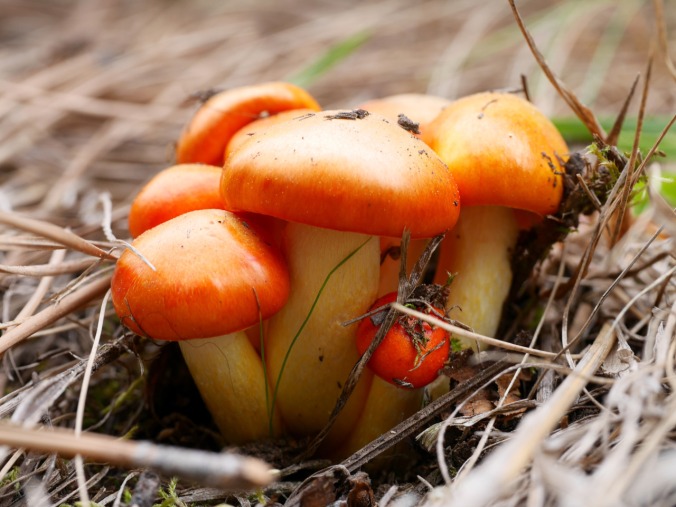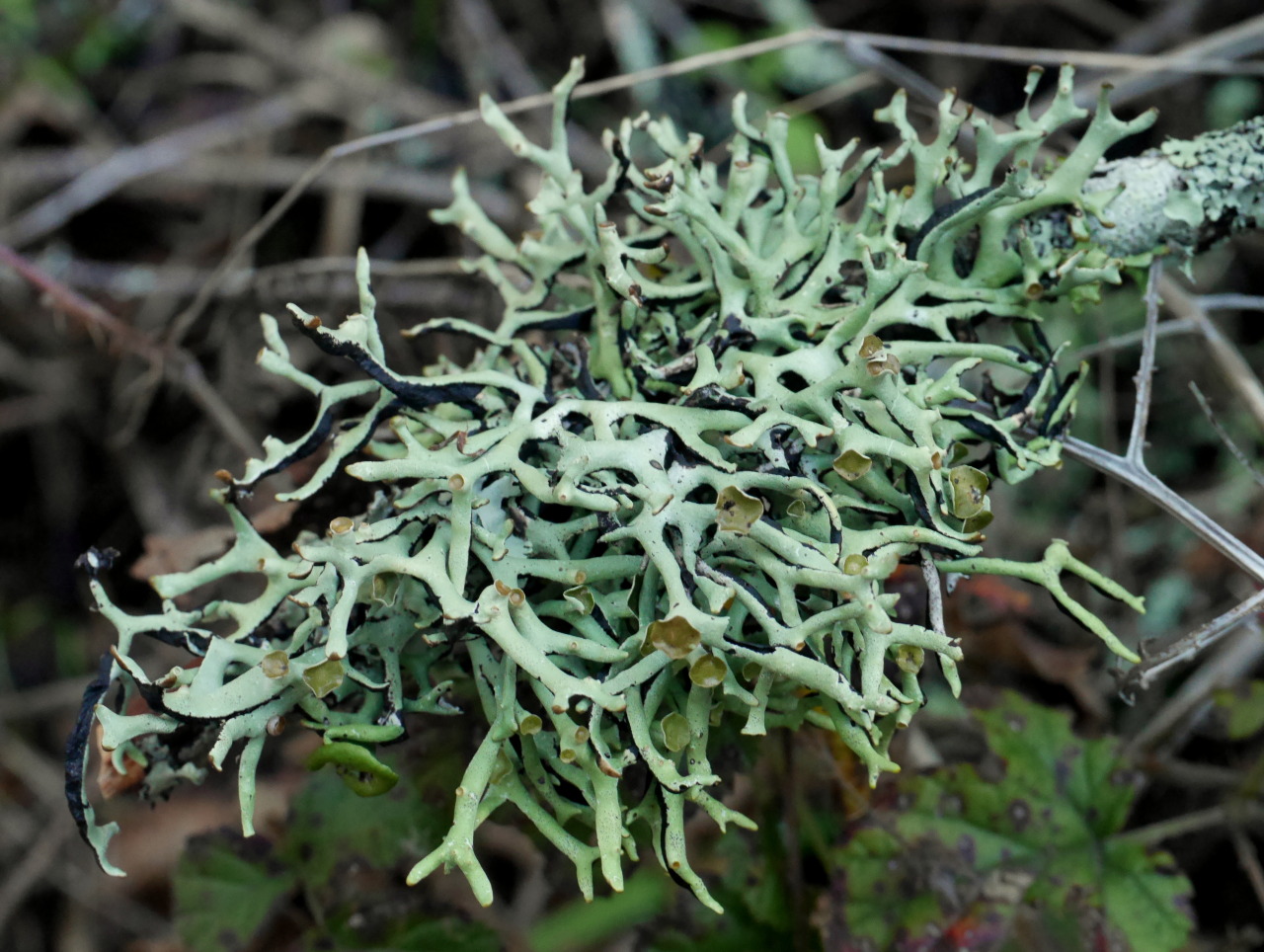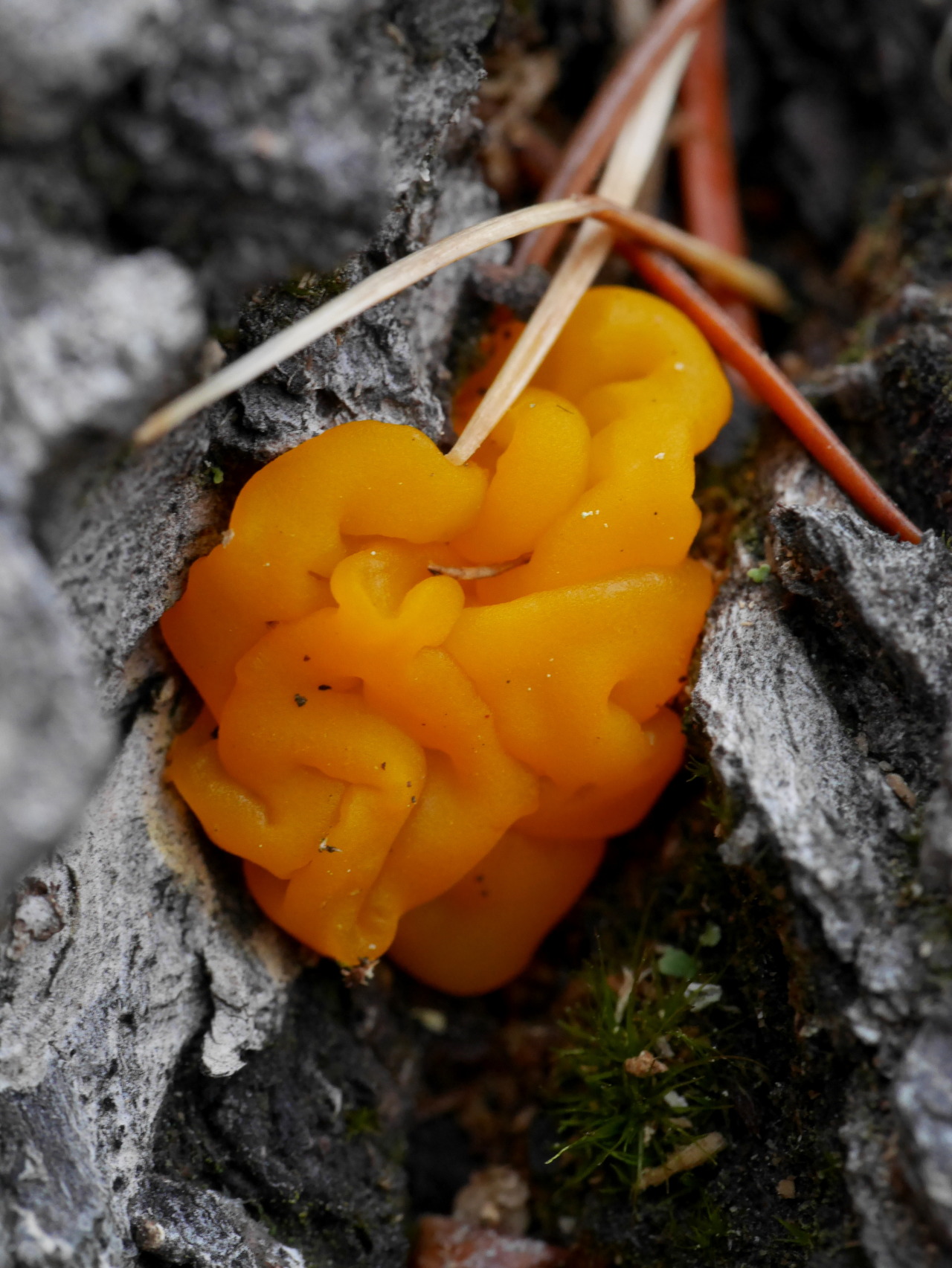
Hygrophorus speciosus “Brilliant Wax-cap” Basidiomycota
Blue Mountain National Recreation Area, MT
May 16, 2016
Robert Niese
The wax-caps were once considered to all be members of the genus Hygrophorus, but have recently been divided into several new genera, all of which are still taxonomically debated. This particular species remains in the genus Hygrophorus due to its ectomicorrhizal growth habit. You can find it in drier, east-side forests where larch is abundant.




















